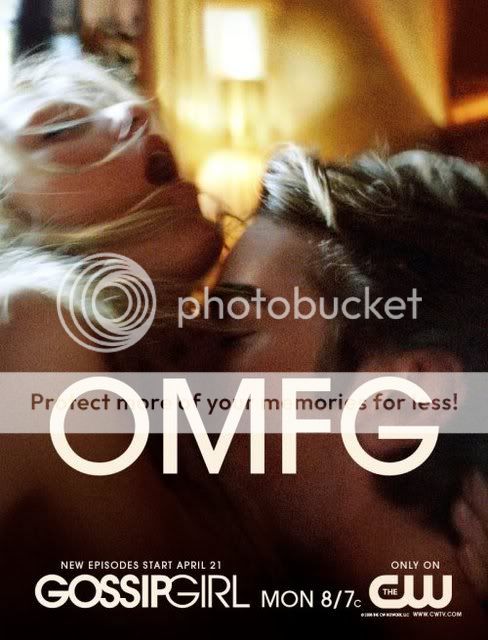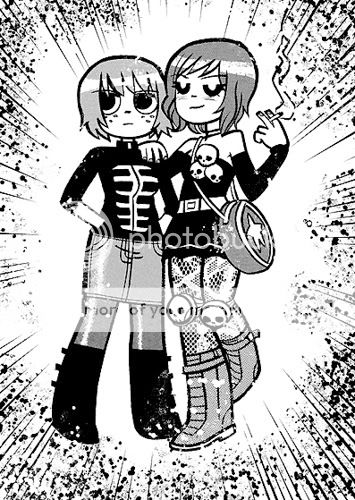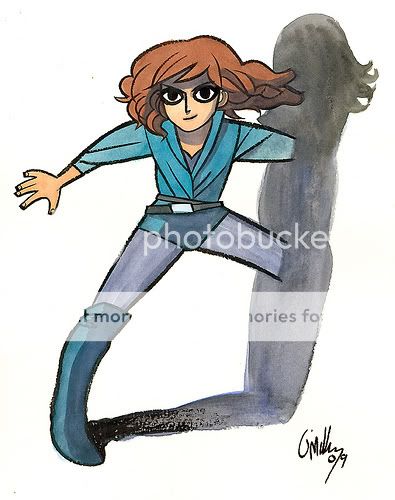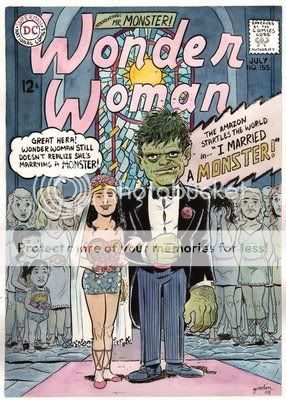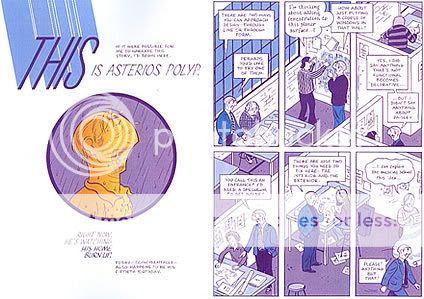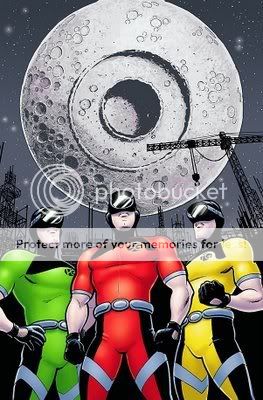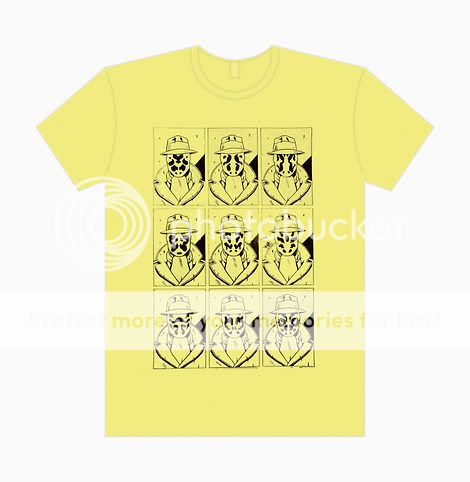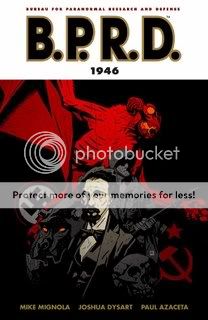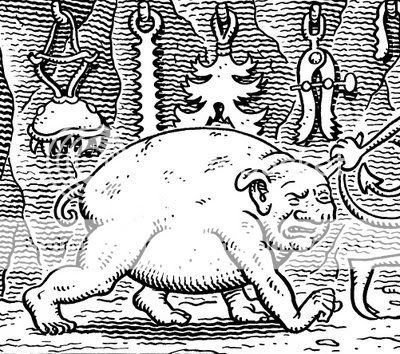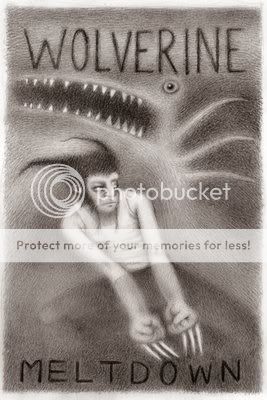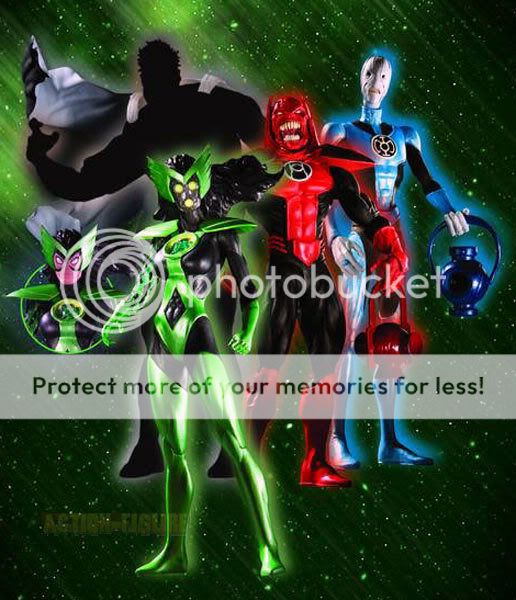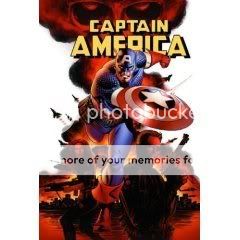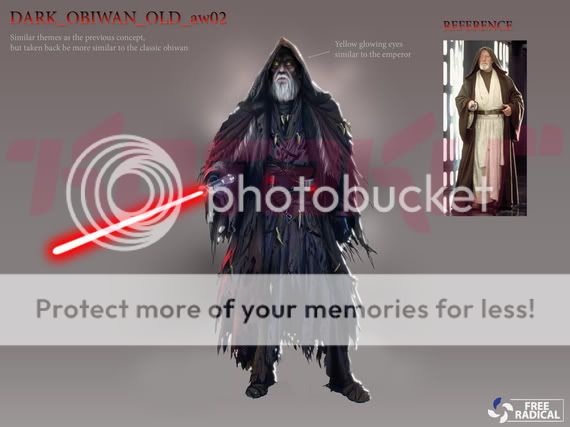* I’m not a big user of The Lost Internet since I don’t go in for hardcore theorizing, but I do enjoy Whitney Matheson’s “Best of the Comments” round-ups, which usually includes a few connections and callbacks I missed or theories I wish I’d come up with; I thought this week’s was a strong batch.
* I also really enjoy The House Next Door’s weekly recap/reviews, this season being handled by Todd VanDerWerff, who’s been ably tackling Battlestar Galactica as well. Again, I thought this week’s was a strong write-up.
* Speaking of BSG SciFi Wire talks to creator Ronald D. Moore about tonight’s episode–his directorial debut–and about the BSG prequel series Caprica and prequel TV movie Battlestar Galactica: The Plan. Interestingly, Moore says that he and his fellow writers are handling all the Cylon mysteries in BSG and won’t carry any of that into Caprica, which given both recent revelations and Caprica‘s storyline, “How did they create the Cylons?”, is rather curious.
* The Supreme Court has shot down the Child Online Protection Act, which if fully enforced would probably have had the effect of “protecting” a lot of consenting adults from “objectionable” content. It’s the kind of law that brings out the “sneer quotes” in everyone. I can’t decide if the last time I was this delighted by the demise of something inimical to free speech was when the Gordon Lee case was dropped or when Jesse Helms died. (Via Dirk Deppey.)
* Spencer Ackerman runs down three areas where he’d like to see follow-up in terms of the Obama Administration’s crackdown on torture and other illegal and immoral practices regarding captives: Interrogation techniques that will remain classified and/or are a part of the problematic Appendix M of the Army field manual; how to determine whether or not countries we use for rendition torture or not; and how long the CIA is allowed to hold prisoners. To his list, per Rachel Maddow last night, I would add the question of the prison at Bagram, which has history of prisoner abuse similar to the more infamous Abu Ghraib and Guantanamo Bay facilities.
* Chris’s Invincible Super-Blog tackles Grant Morrison and Doug Mahnke’s Final Crisis: Superman Beyond #2, and in so doing nails maybe the thing I like about Grant Morrison: “[Morrison] treats us like we’re grown-ups who know how lowercase-f fiction works.” I’ve never read a Grant Morrison comic that made me feel like he thought I was probably a little slow, or spent a lot of time apologizing for itself and laying out ground rules we can all follow. Morrison assumes we all came to play, as it were.
* As every nerd site on the Internet noted today, Monty Python DVD sales are supposedly up 23,000% thanks to Python’s new-ish YouTube channel . This is not an issue I’ve spent a ton of time thinking about because my own habits w/r/t DLing stuff for free and subsequently purchasing it are probably outside the norm, but personally I don’t think this actually says anything more about the overall viability of using free content as a booster for pay content than did comparable initiatives by Radiohead or Nine Inch Nails, because my hunch is that in all three cases the groups in question a) have insanely devoted self-reproducing fanbases that can be counted on to purchase things from them provided they know they exist; b) are really fucking good and create things worth paying for. Mainly I’m just happy people are buying Monty Python DVDs. (Via Topless Robot, my nerd site of choice.)
* Anders Nilsen and sea monsters: Two great tastes that taste great together.
* This is the only ticking time bomb scenario I believe in.
* Finally, Happy 3rd Birthday, Monster Brains!




